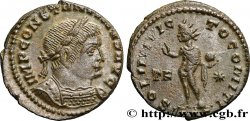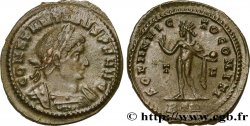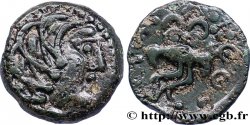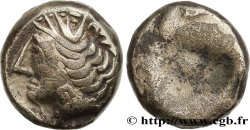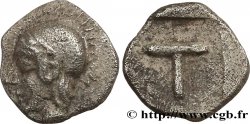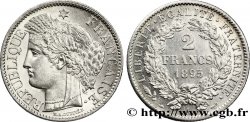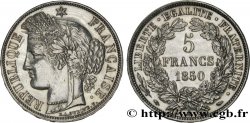MONNAIES 43 (2010)
Начальная цена : 350.00 €
Назначить цену : 700.00 €
непроданный лот
Начальная цена : 350.00 €
Назначить цену : 700.00 €
непроданный лот
Тип Centenionalis ou nummus
Дата: 321
Монетный двор / Город: Roma
Металл: copper
Диаметр: 20 mm
Ориентация осей монеты: 12 h.
Вес: 3,06 g.
Редкость: UNIQUE
Officine: 4e
Emission: 12-13e
Комментарии о состоянии
Exemplaire de qualité exceptionnelle sur un flan large, bien centré des deux côtés avec les grènetis visibles. Portrait de toute beauté. Magnifique revers de haut relief. Très belle patine gris métallique avec des reflets dorés. Conserve l’intégralité de son brillant de frappe et de son coupant d’origine
Ссылки в каталоге: :
Лицевая сторона
Аверс: легенда: CONSTAN-TINVS AVG.
Аверс: описание: Tête laurée de Constantin Ier à droite (O*).
Аверс: перевод: “Constantinus Augustus”, (Constantin auguste).
Обратная сторона
Реверс: легенда: D N CONSTANTINI MAX AVG/ VOT/./ XX/ -|-// R( )Q.
Реверс: Описание: Légende dans une couronne.
Реверс: перевод: “Domini Nostri Constantini Maximo Augusti/ Votis vicennalibus”, (À notre seigneur Constantin très grand auguste, vœux pour le vingtième anniversaire de règne).
Комментарий
Avec l’intégralité de son argenture superficielle. Rubans de type 2 aux extrémités bouletées. Semble complètement inédit et non répertorié avec la marque d’atelier espacée. Nous remarquons entre le R de l’atelier et le Q de l’officine, une distance de 2 millimètres alors que les lettres sont normalement collées ou très proches pour les monnaies de la treizième émission de 321 dans sa première phase (RIC. 232) connue seulement pour la première officine ou dans sa deuxième phase (RIC. 237) recensée pour les quatre officines de l’atelier de Rome en fonctionnement alors. Notre exemplaire apporte une nouvelle hypothèse très intéressante. Notre type serait en fait un nummus de la 12e émission (RIC. 225) répertorié seulement pour la première officine (P) où la marque du milieu (eu) aurait été arasée sur le coin de revers au début de la treizième émission en l’absence de nouveaux coins de revers préparés d’où la distance entre le R et le Q.
With all of its surface silvering. Type 2 ribbons with rounded ends. Appears completely unpublished and unlisted with the spaced mint mark. We note between the R of the mint and the Q of the officina, a distance of 2 millimeters while the letters are normally stuck or very close for the coins of the thirteenth issue of 321 in its first phase (RIC. 232) known only for the first officina or in its second phase (RIC. 237) listed for the four officinas of the Rome mint in operation at the time. Our example brings a new and very interesting hypothesis. Our type would in fact be a nummus of the 12th issue (RIC. 225) listed only for the first officina (P) where the middle mark (eu) would have been leveled on the reverse die at the beginning of the thirteenth issue in the absence of new reverse dies prepared, hence the distance between the R and the Q
With all of its surface silvering. Type 2 ribbons with rounded ends. Appears completely unpublished and unlisted with the spaced mint mark. We note between the R of the mint and the Q of the officina, a distance of 2 millimeters while the letters are normally stuck or very close for the coins of the thirteenth issue of 321 in its first phase (RIC. 232) known only for the first officina or in its second phase (RIC. 237) listed for the four officinas of the Rome mint in operation at the time. Our example brings a new and very interesting hypothesis. Our type would in fact be a nummus of the 12th issue (RIC. 225) listed only for the first officina (P) where the middle mark (eu) would have been leveled on the reverse die at the beginning of the thirteenth issue in the absence of new reverse dies prepared, hence the distance between the R and the Q








 Cообщить об ошибке
Cообщить об ошибке Распечатать страницу
Распечатать страницу Отправить мой выбор
Отправить мой выбор Задать вопрос
Задать вопрос Consign / sell
Consign / sell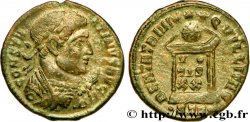
 Информация
Информация


